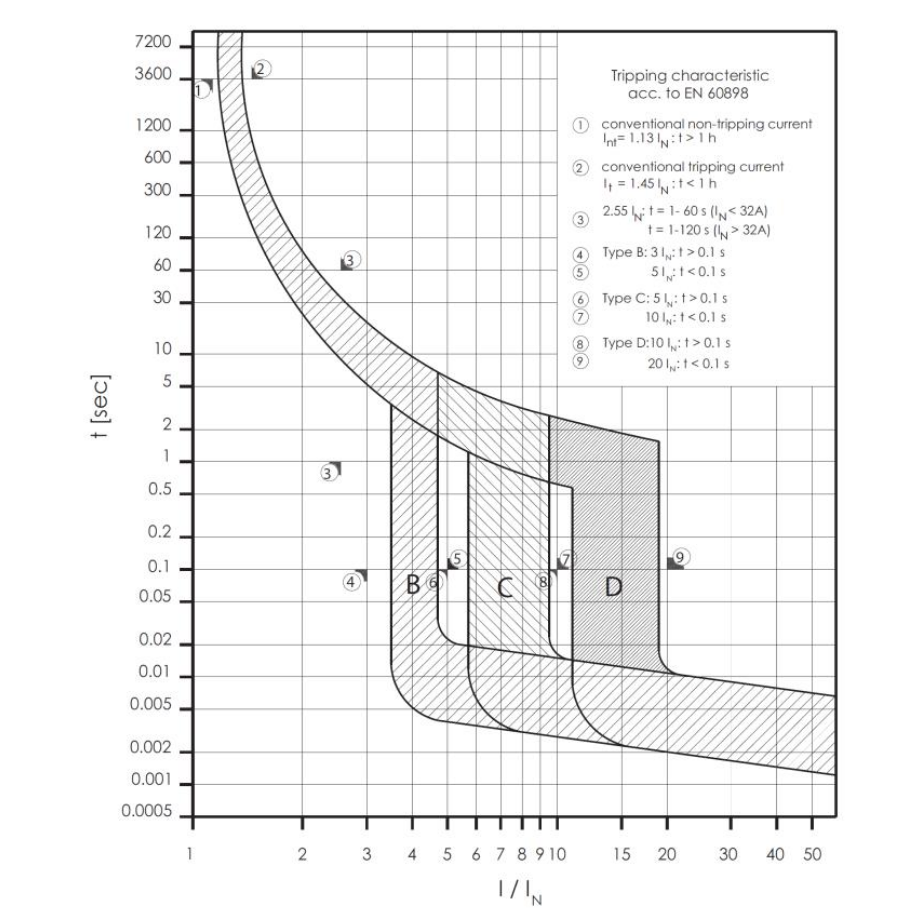Everyone seems to have a slightly different way of calculating Diversity for sockets. I've seen it done as 100% of 'the main' circuit rating plus 40% of each subsequent circuit. Another approach is 100% of the highest power appliance on each circuit plus 40% of all the other appliances. Either way, I end up with an unrealistically high value for my calculation.
I want one circuit for each of Kitchen, Utility, rest of GF, FF and attic. Each would be 32A and so the first approach makes for 32A + 40% x 4 x 32A = 83A. If I tot up appliances and include a possible portable heater or hair dryer in each of GF, FF and attic I end up with around 80A (no shower and not including the cooker). I'm using 2kW → 8.7A for the highest power appliance in each circuit (kettle in kitchen, iron or drier in utility, heater in GF, heater or hair drier in each of FF and loft). Those items alone come to 5 * 8.7A = 44A. Adding 40% of toaster, microwave, computers etc etc ramps things up quite a bit and when I did a list it totalled 80A for sockets, but the list isn't much more than I'd expect in a general house. I used quite high values for each appliance (e.g. toaster 1400W, Drier 2kW, Iron 2.8kW, vacuum cleaner 550W)
The lights are about 3A but the electric cooker adds 30A and so the total exceeds 100A. Am I being too conscientious?
Is it reasonable to ignore (the possibility of) portable heaters if the house is well insulated and centrally heated? Doing so, and using 1kW→4.4A for the hair driers would give me a socket total or around 65A and house total of 95A so OK against the 100A max for a single main switch/fuse.
Sorry for the basic nature of my question, but everyone has a different approach and this is my first Diversity calculation.



